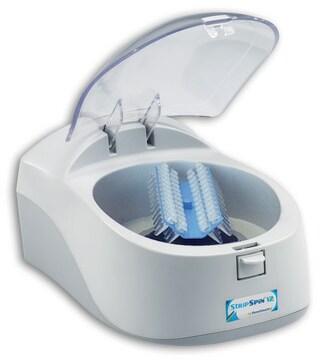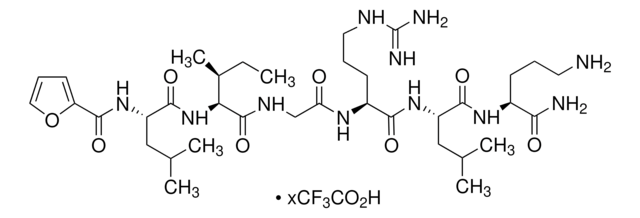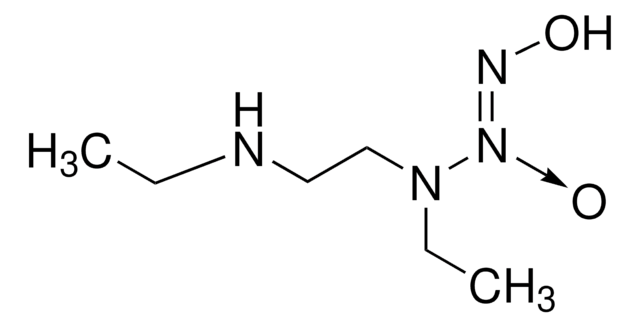SRP8051
CD152 (human): FC (human) (non-lytic)
recombinant, expressed in CHO cells, ≥98% (SDS-PAGE)
Sinônimo(s):
CTLA-4, Cytotoxic T-lymphocyte-associated antigen 4, Hepatitis A virus cellular receptor 2
About This Item
Produtos recomendados
fonte biológica
human
recombinante
expressed in CHO cells
Ensaio
≥98% (SDS-PAGE)
forma
lyophilized
peso molecular
monomer 39 kDa by calculation
embalagem
pkg of 100 μg
Impurezas
<0.06 EU/μg endotoxin, tested
cor
white
nº de adesão UniProt
Condições de expedição
wet ice
temperatura de armazenamento
−20°C
Informações sobre genes
human ... CTLA4(1493)
Descrição geral
CD152 and CD28 are both expressed on the cell surface as homodimers or as monomers. CD152 was originally identified as a gene that was specifically expressed by cytotoxic T lymphocytes. However, CD152 transcripts have since been found in both Th1 and Th2, and CD4+ and CD8+ T cell clones. Whereas, CD28 expression is constitutive on the surfaces of 95% of CD4+ T cells and 50% of CD8+ T cells and is down regulated upon T cell activation, CD152 expression is upregulated rapidly following T cell activation and peaks approximately 24 hours following activation. Although both CD152 and CD28 can bind to the same ligands, CD152 binds to B71 and B72 with 20-100-fold higher affinity than CD28.
Ações bioquímicas/fisiológicas
forma física
Reconstituição
Outras notas
Código de classe de armazenamento
10 - Combustible liquids
Classe de risco de água (WGK)
WGK 2
Ponto de fulgor (°F)
Not applicable
Ponto de fulgor (°C)
Not applicable
Certificados de análise (COA)
Busque Certificados de análise (COA) digitando o Número do Lote do produto. Os números de lote e remessa podem ser encontrados no rótulo de um produto após a palavra “Lot” ou “Batch”.
Já possui este produto?
Encontre a documentação dos produtos que você adquiriu recentemente na biblioteca de documentos.
Nossa equipe de cientistas tem experiência em todas as áreas de pesquisa, incluindo Life Sciences, ciência de materiais, síntese química, cromatografia, química analítica e muitas outras.
Entre em contato com a assistência técnica








